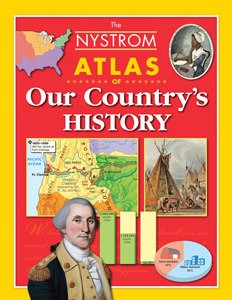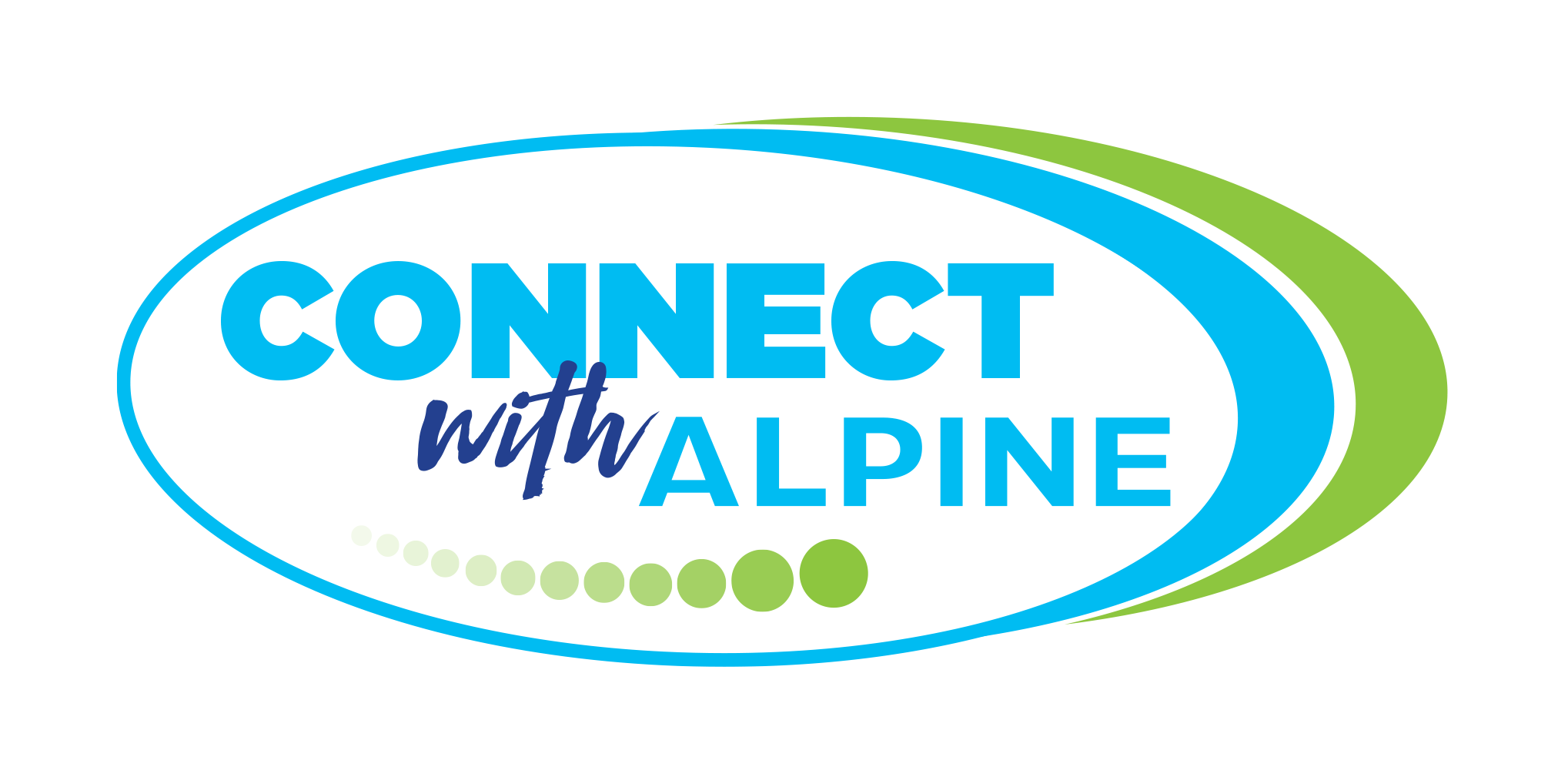Social Studies
- Exploration and Colonization
- A New Nation
- The Constitution and Bill of Rights
- U. S. Expansion
- The U.S. Becomes a World Power
Benchmark: The era of the exploration and colonization of the Americas by Europeans marked the beginning of the recorded history of what is now the United States. This period also marked the beginning of global trade and cultural exchanges that would alter the lives of people around the world. This era would significantly affect the range of personal freedom among individuals and groups in the Americas. The growing conflicts between American Indian populations and European colonists, and the expansion of the African slave trade provide contrasts to the emerging development of self-rule.
Standard 1
Students will understand how the exploration and colonization of North America transformed human history.
Objective 1
Describe and explain the growth and development of the early American colonies.
- Using maps — including pre-1492 maps — and other geographic tools, locate and analyze the routes used by the explorers.
- Explain how advances in technology lead to an increase in exploration (e.g., ship technology).
- Identify explorers who came to the Americas and the nations they represented.
- Determine reasons for the exploration of North America (e.g., religious, economic, political).
- Compare the geographic and cultural differences between the New England, Middle, and Southern colonies (e.g., religious, economic, political).
- Analyze contributions of American Indian people to the colonial settlements.
Objective 2
Assess the global impact of cultural and economic diffusion as a result of colonization.
- Describe the cultural and economic impacts that occurred as a result of trade between North America and other markets (e.g., arts, language, ideas, the beginning and expansion of the slave trade, new agricultural markets).
- Analyze and explain the population decline in American Indian populations (i.e. disease, warfare, displacement).
Objective 3
Distinguish between the rights and responsibilities held by different groups of people during the colonial period.
- Compare the varying degrees of freedom held by different groups (e.g. American Indians, landowners, women, indentured servants, enslaved people).
- Explain how early leaders established the first colonial governments (e.g. Mayflower compact, charters).
- Describe the basic principles and purposes of the Iroquois Confederacy.
Standard 2
Students will understand the chronology and significance of key events leading to self-government.
Objective 1
Describe how the movement toward revolution culminated in a Declaration of Independence.
- Explain the role of events that led to declaring independence (e.g., French and Indian War, Stamp Act, Boston Tea Party).
- Analyze arguments both for and against declaring independence using primary sources from Loyalist and patriot perspectives.
- Explain the content and purpose for the Declaration of Independence.
Objective 2
Evaluate the Revolutionary War’s impact on self-rule.
- Plot a time line of the key events of the Revolutionary War.
- Profile citizens who rose to greatness as leaders.
- Assess how the Revolutionary War changed the way people thought about their own rights.
- Explain how the winning of the war set in motion a need for a new government that would serve the needs of the new states.
Standard 3
Students will understand the rights and responsibilities guaranteed in the United States Constitution and Bill of Rights.
Objective 1
Assess the underlying principles of the US Constitution as the framework for the United States’ form of government, a compound constitutional republic.
- Recognize ideas from documents used to develop the Constitution (e.g. Magna Carta, Iroquois Confederacy, Articles of Confederation, Virginia Plan).
- Analyze goals outlined in the Preamble.
- Distinguish between the role of the Legislative, Executive, and Judicial branches of the government.
- Explain the process of passing a law.
- Describe the concept of checks and balances.
- Discover the basis for the patriotic and citizenship traditions we have today (i.e. Pledge of Allegiance, flag etiquette, voting).
Objective 2
Assess how the US Constitution has been amended and interpreted over time, and the impact these amendments have had on the rights and responsibilities of citizens of the United States.
- Explain the significance of the Bill of Rights.
- Identify how the rights of selected groups have changed and how the Constitution reflects those changes (e.g. women, enslaved people).
- Analyze the impact of the Constitution on their lives today (e.g. freedom of religion, speech, press, assembly, petition).
Benchmark: The new United States needed a set of rules. A group of leading thinkers of the Revolutionary era met to create a new document to lay out the form of the new government. Drawing upon ideas both old and new, and finding ways to compromise to meet the needs and demands of multiple interests, they created this new government charter called the Constitution. The Constitution created a strong national government with separate branches within the government to insure there were checks on power and balances of responsibilities. The Constitution has been changed, or amended, numerous times since then, first with the addition of the Bill of Rights.
Standard 3
Students will understand the rights and responsibilities guaranteed in the United States Constitution and Bill of Rights.
Objective 1
- Assess the underlying principles of the US Constitution as the framework for the United States’ form of government, a compound constitutional republic.
- Recognize ideas from documents used to develop the Constitution (e.g. Magna Carta, Iroquois Confederacy, Articles of Confederation, Virginia Plan).
- Analyze goals outlined in the Preamble.
- Distinguish between the role of the Legislative, Executive, and Judicial branches of the government.
- Explain the process of passing a law.
- Describe the concept of checks and balances.
- Discover the basis for the patriotic and citizenship traditions we have today (i.e. Pledge of Allegiance, flag etiquette, voting).
Objective 2
- Assess how the US Constitution has been amended and interpreted over time, and the impact these amendments have had on the rights and responsibilities of citizens of the United States.
- Explain the significance of the Bill of Rights.
- Identify how the rights of selected groups have changed and how the Constitution reflects those changes (e.g. women, enslaved people).
- Analyze the impact of the Constitution on their lives today (e.g. freedom of religion, speech, press, assembly, petition).
Social studies language students should know and use: constitution, confederation, preamble, legislative, executive, judicial, amendment, petition, assembly, check and balance
Benchmark: As the United States expanded westward, major issues, some of them from the first years of the nation, began to challenge the stability of the nation. As the nation expanded, issues of states rights, the institution of slavery, and economic development culminated in a Civil War. This war formally ended slavery and strengthened the power of the Federal government. The era after the Civil War was a time of major economic development and technological innovation.
Standard 4
Students will understand that the 19th century was a time of incredible change for the United States, including geographic expansion, constitutional crisis, and economic growth.
Objective 1
- Investigate the significant events during America’s expansion and the roles people played.
- Identify key reasons why people move and the traits necessary for survival.
- Examine causes and consequences of important events in the United States expansion (e.g. Louisiana Purchase, Lewis and Clark expedition, treaties with American Indians, Homestead Act, Trail of Tears, California Gold Rush).
- Compare the trails that were important during westward expansion (e.g. Oregon, Mormon, Spanish, California).
- Assess the impact of expansion on native inhabitants of the west.
Objective 2
- Assess the geographic, cultural, political, and economic divisions between regions that contributed to the Civil War.
- Describe the impact of physical geography on the cultures of the northern and southern regions (e.g. industrial resources, agriculture, climate).
- Compare how cultural and economic differences of the North and South led to tensions.
- Identify the range of individual responses to the growing political conflicts between the North and South (e.g. states rights advocates, abolitionists, slaveholders, enslaved people).
Objective 3
- Evaluate the course of events of the Civil War and its impact both immediate and long-term.
- Identify the key ideas, events, and leaders of the Civil War using primary sources (e.g. Gettysburg Address, Emancipation Proclamation, news accounts, photographic records, diaries).
- Contrast the impact of the war on individuals in various regions (e.g. North, South, West).
- Explain how the Civil War helped forge ideas of national identity.
- Examine the difficulties of reconciliation within the nation.
Objective 4
- Understand the impact of major economic forces at work in the post-Civil War.
- Assess how the free-market system in the United States serves as an engine of change and innovation.
- Describe the wide-ranging impact of the Industrial Revolution (e.g. inventions, industries, innovations).
- Evaluate the roles new immigrants played in the economy of this time.
Social studies language students should know and use: expansion, Civil War, abolition, Underground Railroad, compromise, emancipation, reconciliation, free-market system, industrial revolution
Benchmark: The United States now has a range of influence that spans the globe. This emergence of power gained fullest expression in the 20th century. The touchstone events of war and worldwide economic depression, coupled with social movements based on the democratic ideals central to the United States Constitution, positioned the United States as a world superpower. With this power comes questions about the role and responsibilities the United States can and should play in the world.
Standard 5
Students will address the causes, consequences and implications of the emergence of the United States as a world power.
Objective 1
- Describe the role of the United States during World War I, The Great Depression, and World War II.
- Review the impact of World War I on the United States.
- Summarize the consequences of the Great Depression on the United States (e.g. mass migration, the New Deal).
- Analyze how the United States’ involvement in World War II led to its emergence as a superpower.
Objective 2
- Assess the impact of social and political movements in recent United States history.
- Identify major social movements of the 20th century (e.g. the women’s movement, the civil rights movement, child labor reforms).
- Identify leaders of social and political movements
Objective 3
- Evaluate the role of the United States as a world power.
- Assess differing points of view on the role of the US as a world power (e.g. influencing the spread of democracy, supporting the rule of law, advocating human rights, promoting environmental stewardship).
- Identify a current issue facing the world and propose a role the United States could play in being part of a solution (e.g. genocide, child labor, civil rights, education, public health, environmental protections, suffrage, economic disparities).
Social studies language students should know and use: depression, migration, superpower, democracy, rule of law, human rights, suffrage, genocide
Our Social Studies text will be Our Country’s History. We will use units from this text to cover the 5th grade Social Studies standards.

On occasion, we also watch a PBS series, Liberty’s Kids, which depict the major events in our country’s history beginning with the Boston Tea Party. There are 40 episodes that can be viewed on youtube.com (you will see them listed to the right starting with 101 and ending with 140). Enjoy these animated history lessons.
